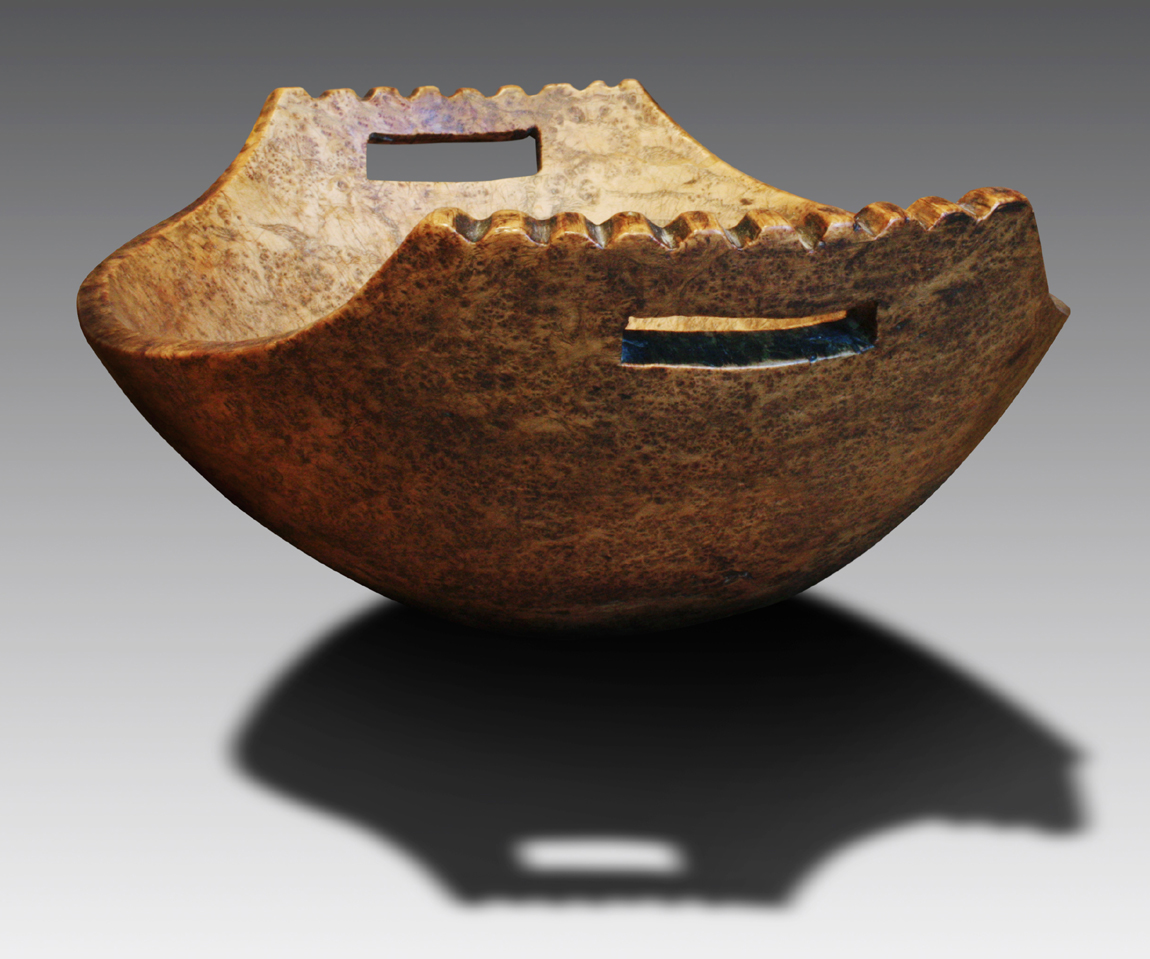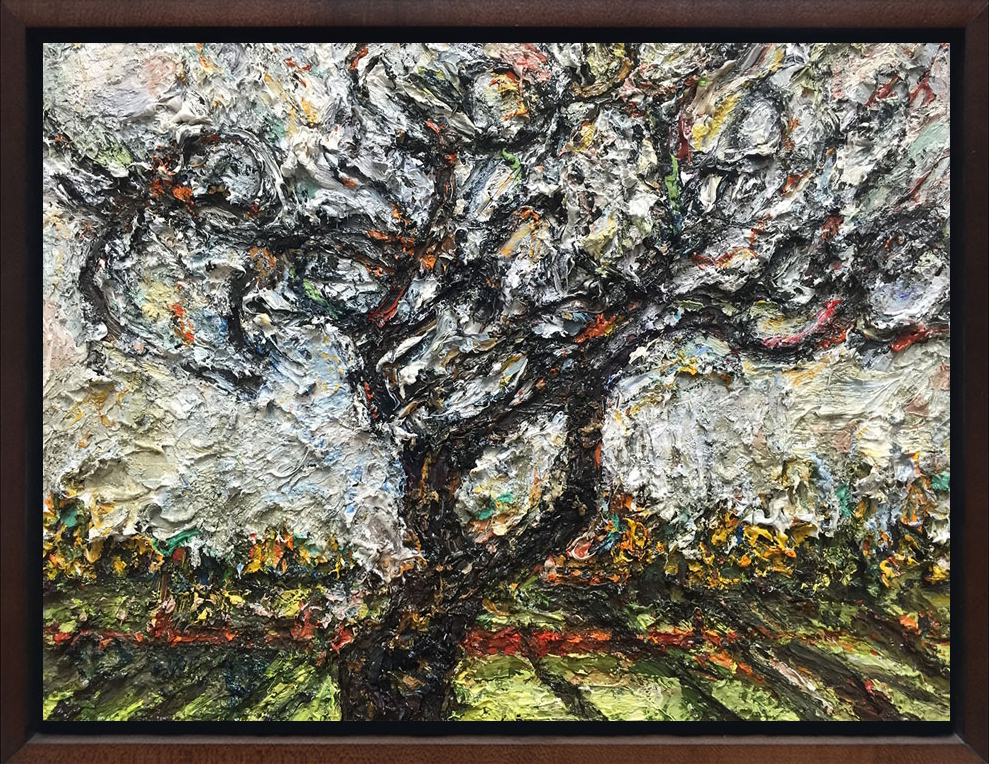Dealer Steve Powers, 47, lives in Brooklyn, N.Y., with his wife and two sons. The author of two books, he is a methodical researcher, a foremost authority in treen and other American folk art, and an accomplished artist. Growing up in Maine, he accompanied his parents to yard sales and flea markets, and first collected coins and baseball cards. As a youth, he started selling at flea markets when his father paid for tables. Steve attended the University of Hartford’s Hartford Art School in Connecticut and remains passionate about painting, creating robustly expressive canvases suggestive of the natural world. By 1992, he was buying burl “beyond all reason,” he says, and beyond what he could afford. Selling was the next step. Vice president of the Antique Dealers’ Association of America and a member of the ADAA’s technology committee, he is instrumental in developing and maintaining its website and online shows.
How did your book North American Burl Treen: Colonial and Native American come about?
When I first fell in love with burl, I wanted to learn more about it. There were books like Mary Earle Gould’s Early American Wooden Ware & Other Kitchen Utensils, but she had little to say on burl. After I’d been selling burl for a few years, I decided that I’d like to do the book that I wished had existed when I first got interested. I had pictures of the pieces I’d sold and the research I’d done on those pieces, so I had a starting point. By 2003, I was devoting nearly 80 hour a week to the project. I self-published North American Burl Treen in 2005. I wanted to have creative control over how it looked. That’s why I photographed, wrote, designed, edited and published it myself.
Don’t you also write about tribal art?
Yes, I wrote the volume on Woodlands art for the three-volume set, The Art of the Spirit World: The Steven Michaan Collection of North American Tribal Arts. The other two volumes cover Arctic and Northwest Coast art.
Can you tell us about your painting?
I’d love to be a full-time artist but I wouldn’t want to give up buying and selling. I painted full-time after college and had a part-time job to pay the bills. As I got involved in the antiques business, I did less and less painting but I always knew I’d get back to it. I never wanted to be a Sunday painter so, when the antiques business slowed for me in 2013, I rented a studio and went back to really working at my art. Fred Giampietro, who has a gallery in New Haven, Conn., is handling some of my work now. My paintings are on my website and in the catalogs I do from time to time. Most antiques shows don’t allow work by living artists, but last year at the Metro Show I exhibited some of my paintings. I’m serious about it. I tell new people I meet that I’m a painter. My fine arts background has helped me in the antiques business. It taught me how to look at and evaluate objects.
How did your art and antiques business develop?
It became obvious to me that I couldn’t keep all the burl I was buying and I wanted to be able to buy more. In 1996, I started advertising in the trade papers. I sold almost everything I advertised. In 1998, I felt confident enough to go into antiques full-time. I did my first catalog in 1998 and my first antiques show in 2000. Along with treen, I was selling snuffboxes, woodenware and historical Americana. I love researching the context and connections with the historical material. In 1998, I taught myself how to make a website and I’m always upgrading it.
How do you use the Internet?
First, the Internet makes in-depth research possible. Digging out the information may not be as simple as you’d like, but the information is there. And much of my business comes from the Net. I’ve developed an extensive email list and use Mailchimp for mailings. It’s an easy way to stay in touch with customers and make them aware of newly arriving things. It’s worked well for me. I have a separate, informative website for my paintings. You can look at both at www.stevenspowers.com and www.stevenpowerspainter.com.
—Rick Russack




